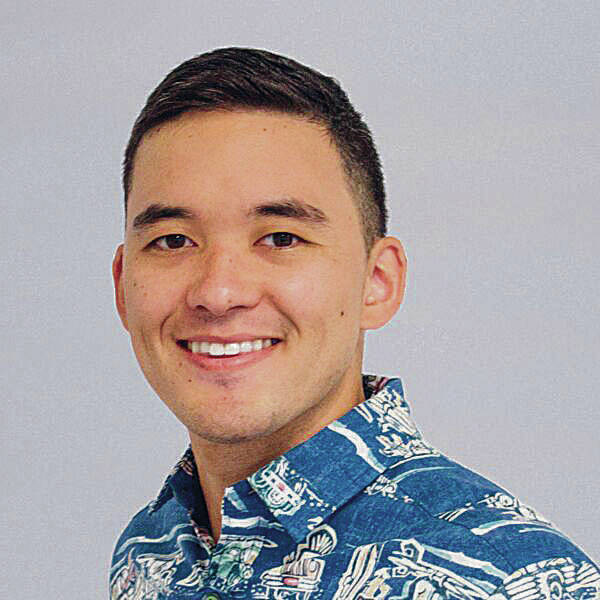Folks who work in construction all will tell you the same thing about any new project, from a home to an apartment complex: a strong foundation is vitally important, and without it, no number of amenities or additions can provide a safe, comfortable and sustainable living situation.
Similarly, a strong academic foundation remains essential for students who graduate from high school ready for choice in career, college and citizenship in an increasingly complex world. Unfortunately, the reality is that far too many students in Hawaii are not building this foundation, which ultimately could lead to dire consequences for our state as more jobs require technical skills and post-secondary degrees and credentials in the face of disruption from automation and innovation.
There are multiple sources of evidence to pull from. On mandatory state tests, only 54% of kids in Hawaii public schools were proficient in language arts, 43% in math and 44% in science, while the achievement/opportunity gap between high-need and non-high-need students — including English learner, special education and economically disadvantaged — remains at 34% in language arts and 29% in math.
It seems increasingly likely the Hawaii Department of Education (DOE) won’t reach the goals it set: to raise student learning by 2020 to 61% in language arts, 54% in math and 64% in science, while closing the achievement/opportunity gap to 25% in language arts and 22% in math.
While there are some bright spots, as in fourth-grade reading, other measures such as the National Assessment of Educational Progress and ACT show that overall progress on foundational academic skills has stagnated or improved on a small, incremental level over the last four years.
While it can be disheartening to know a large number of our kids are still not mastering foundational academic skills, the DOE has a tremendous upcoming opportunity to set a bold vision for our schools as it finalizes its 2020-2030 Promise Plan, which will be the basis for setting the direction of our public schools for the next decade. The DOE can use this planning process to reflect on how we can best support all students, but in particular, our struggling students, providing specific, tailored supports to teachers and schools.
As it finalizes its new plan, our broader community — from students to parents, and teachers to business leaders — should be asking the DOE the kinds of questions that will ensure transparency and significant academic growth over the next decade.
For example: How does the DOE plan to address the 2017-2020 Strategic Plan goals that have not been reached so far, including reducing chronic absenteeism, closing the achievement gap, and boosting foundational academic proficiency? What is being done to ensure that our most high-need students are addressed and supported?
What we do know is that our teachers and school leaders are amazing professionals, and a number of schools are producing strong academic outcomes despite limited resources and serving a high number of kids with challenging needs. There is no doubt in my mind that Hawaii has what it takes to ensure our state can thrive in 2030 and beyond. Let’s make sure that we have a strong, focused plan to get there.

